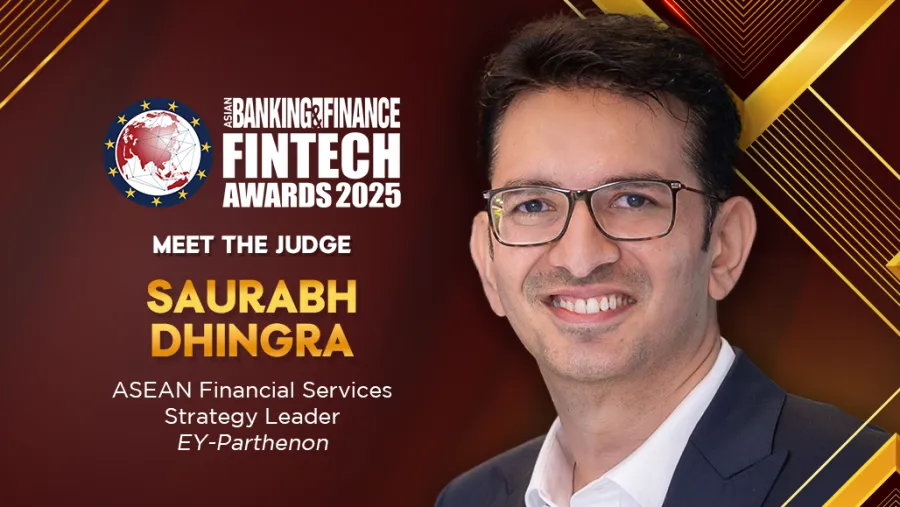
EY’s Saurabh Dhingra outlines how to drive value through tech, cost control, and customer focus
He advises that fintechs must align tech investments with business goals and evolving customer expectations.
As the FinTech landscape continues to evolve, companies are navigating macroeconomic uncertainty, rising regulatory scrutiny, and shifting customer expectations. With many FinTechs transitioning from rapid expansion to sustainable, value-driven growth, there is a heightened need for strategic clarity, technological innovation, and operational resilience.
Saurabh Dhingra, EY-Parthenon ASEAN Financial Services Strategy Leader, brings over two decades of experience advising financial institutions and FinTech players across Asia. With deep expertise in strategy, transformation, and innovation, he works closely with clients to navigate disruption, capture growth opportunities, and build future-ready business models.
Driving sustainable FinTech growth
In today’s macroeconomic climate, Dhingra emphasises that FinTech companies must return to core business fundamentals to achieve sustainable and competitive growth. He outlines four primary focus areas: measured growth, strategic partnerships, cost discipline, and culture preservation.
“Ensure there is a strong and stable core business with a targeted and proven market fit before expanding, rather than trying to grow whilst strengthening the core,” he advised.
FinTechs should also pursue mergers and acquisitions strategically, based on shared value with incumbents or other FinTechs, rather than reacting to low valuations. At the same time, maintaining cost discipline and keeping the innovative culture alive are crucial. “Control costs to withstand the new funding environment whilst remaining flexible, nimble, and compliant,” he noted.
When it comes to leveraging emerging technologies, Dhingra outlined a four-step approach: establish a clear use case, integrate with agility, measure outcomes continuously, and foster a culture of innovation. He recommended starting with business-driven use cases by identifying high-impact areas such as credit risk or customer onboarding, where technology has real pain points. “Use agile sprints and sandbox environments to pilot technologies like Gen AI or blockchain. This will allow faster iteration, controlled risk and stakeholder buy-in.”
He also stressed the importance of building tech with compliance in mind and continuously measuring performance metrics such as customer acquisition cost or fraud reduction. Ultimately, a culture that embraces experimentation and upskills talent will allow FinTechs to adopt new technologies effectively.
On embedding cybersecurity into operations, Dhingra emphasised a proactive and organisation-wide approach and creating a security-first culture. "This will ensure that every employee understands his / her role in maintaining security, reducing the risk of human error.”
FinTechs should incorporate regular training programmes, follow established security frameworks, and adopt DevSecOps practices throughout their Software Development Life Cycle (SDLC). Risk assessments and strong access controls such as MFA and RBAC, as well as regularly updated incident response plans, are also key to building resilience and trust.
To align innovation strategies with evolving customer needs, FinTechs must remain close to the market. “Run monthly customer interviews/surveys to uncover emerging needs and pain points,” he shared.
Establishing Customer Advisory Boards (CABs), launching MVPs, and using A/B testing are effective ways to validate concepts and iterate quickly. Dhingra also recommended tracking customer-centric KPIs such as NPS, adoption rates, and issue resolution time to measure impact and responsiveness.
Looking ahead, Dhingra sees several forces reshaping the FinTech landscape, starting with the rise of super apps. With over 225 million unbanked adults in Southeast Asia, he sees a major opportunity to promote financial inclusion. “They integrate multiple financial services, such as payments, banking, lending, insurance, and investment, into a single platform. This convenience attracts users who prefer a one-stop solution for their financial needs.” These platforms also facilitate cross-border transactions and intensify competition for traditional banks, pushing the whole sector to innovate.
Artificial intelligence is also driving hyper-personalisation, particularly in wealth management and fraud detection. “By analysing vast data sets and understanding individual investor preferences, companies offer personalised recommendations and strategies,” he explained.
Additionally, Dhingra highlighted the transformative potential of Central Bank Digital Currencies (CBDCs) and stablecoins in the payments space. CBDCs reduce reliance on intermediaries, enabling faster and more secure transactions, particularly useful for remittances. He pointed to examples like StraitsX’s XSGD and the SGDR stablecoin: “SGDR combines the stability of fiat money with the technological benefits of cryptocurrency.”
Spotlighting scalable FinTech innovation
As a judge for the ABF FinTech Awards 2025, Dhingra will be looking for entries that prioritise customer-centric innovation, measurable business outcomes, and the purposeful use of technology. A significant quality he emphasised is the ability to solve real pain points through intuitive design or unique business models, whilst also stressing the importance of scalability and relevance across diverse Asian markets.








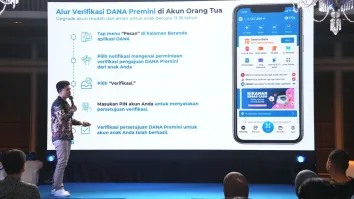

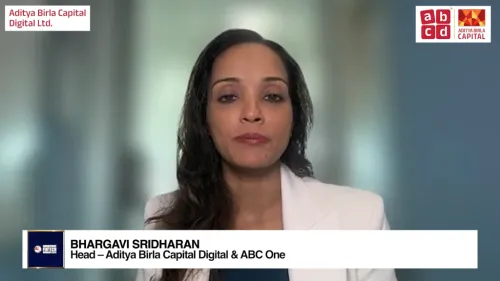



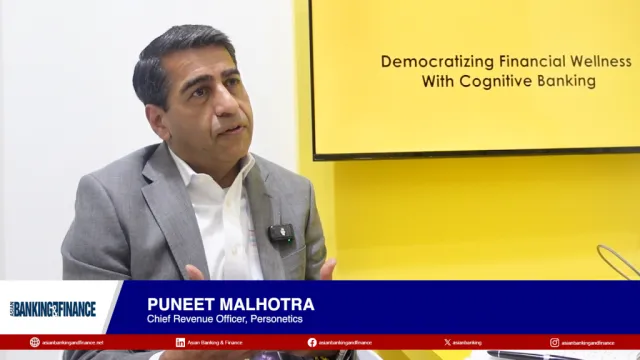
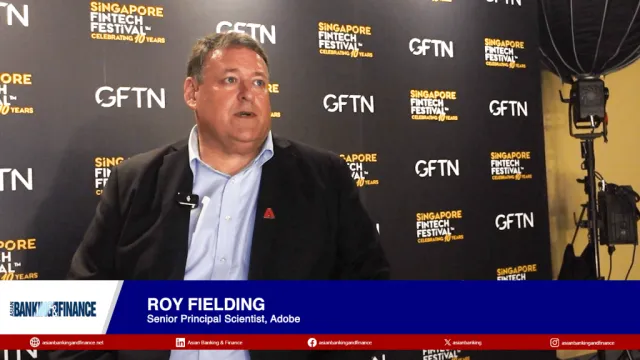
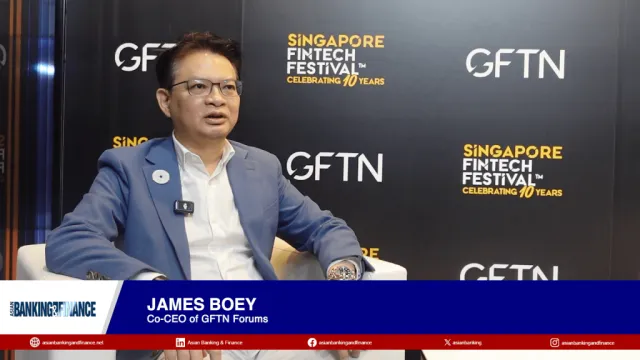


 Advertise
Advertise







